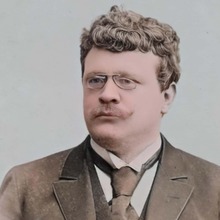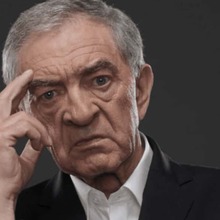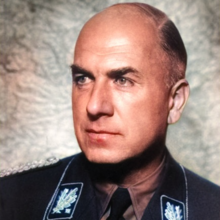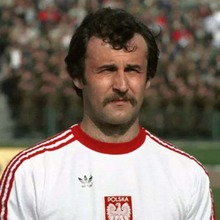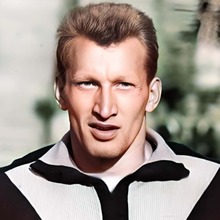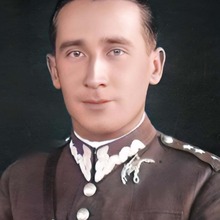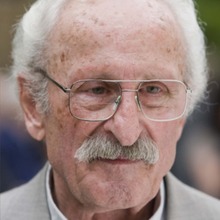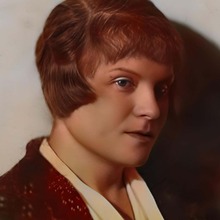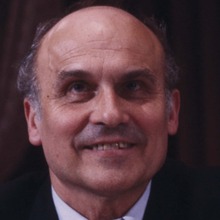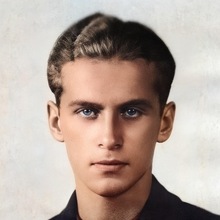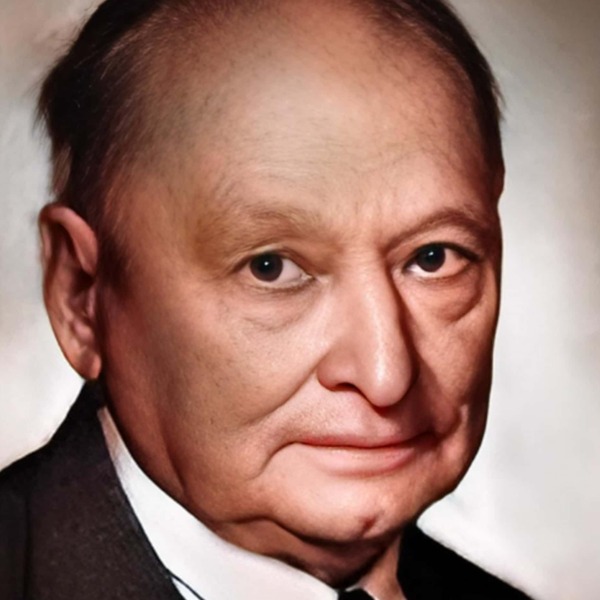
Personal
Other names:
Job / Known for:
Sculptor and artist
Left traces:
Neo-Romantic sculptures and Auschwitz-inspired art
Born
Date:
1875-11-24
Location:
PL
Kraków
Died
Date:
1964-01-26 (aged 89)
Resting place:
PL
Powązki Cemetery, Warsaw
Death Cause:
Natural causes
Family
Spouse:
Maria Dunikowska
Children:
Zofia Dunikowska, Jan Dunikowski
Parent(s):
Józef Dunikowski, Anna Dunikowska
QR Code:
Show More
Rank
Users ranking to :
Thanks, you rate star
Ranking
5.0
1
About me / Bio:
Show More
Article for Xawery Dunikowski
Died profile like Xawery Dunikowski
Comments:

